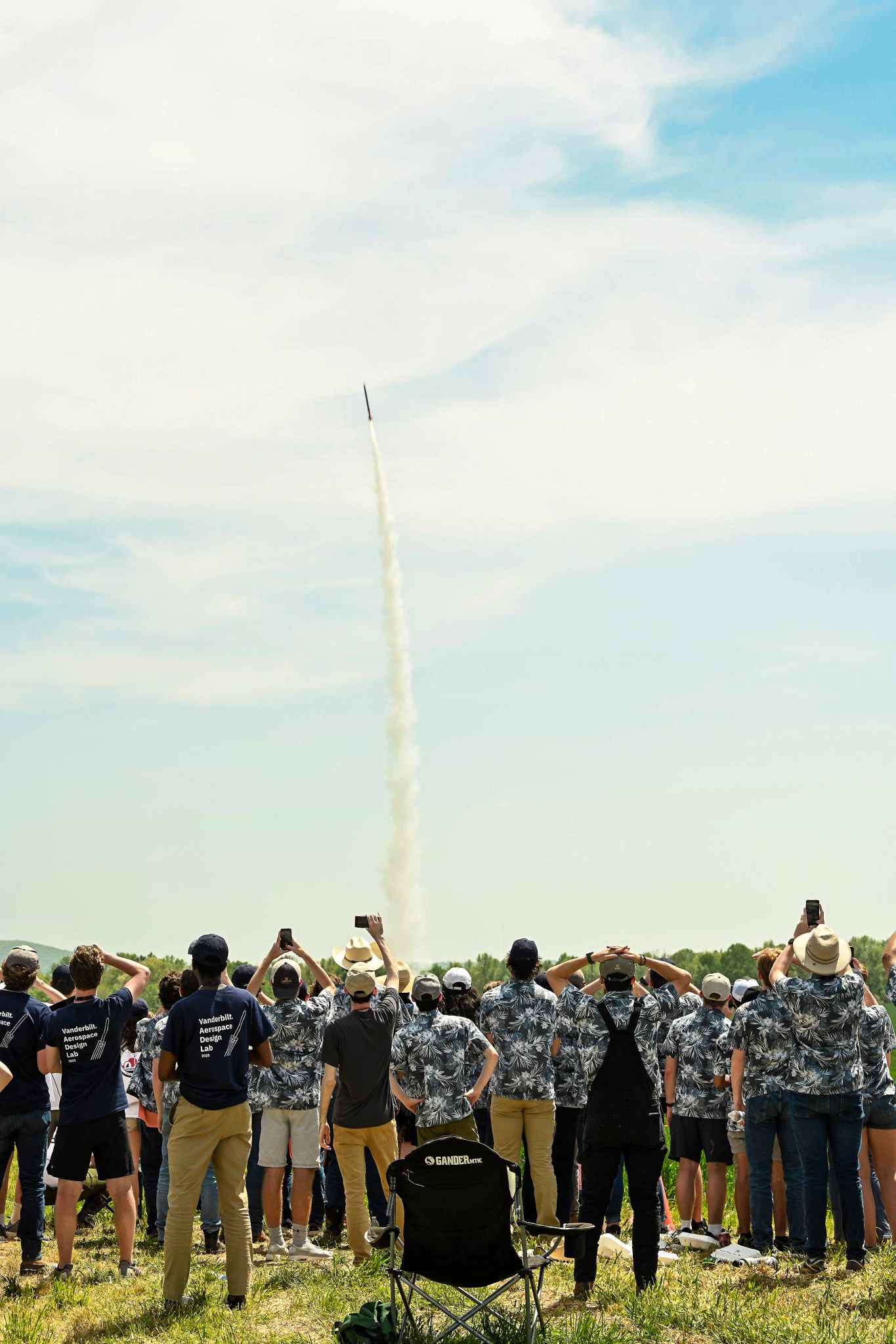NASA has announced the 69 student teams representing 25 states and Puerto Rico selected to compete in the 2023 Student Launch Challenge.
The annual competition – one of NASA’s Artemis Student Challenges – requires middle/high school and college/university students to design, build, and fly a high-powered amateur rocket and scientific payload to an altitude between 4,000 and 6,000 feet.
The nine-month-long challenge will culminate with an on-site launch event near NASA’s Marshall Space Flight Center in Huntsville, Alabama, April 13-15, 2023. Teams are not required to travel for their final launch, having the option to launch from a qualified location in their hometown – details are outlined in the Student Launch Handbook.
Each year, NASA updates the payload challenge to mirror technologies needed for existing missions. This year, students must design a payload capable of autonomously receiving commands via radio frequency and completing a series of tasks with an on-board camera. While university/college division teams are required to meet the 2023 payload requirements, the middle/high school division teams have the option to take on the same challenge or design a payload experiment of their own.
Early in the launch season, students must declare a targeted altitude for their rocket on final launch day. The team closest to their prediction will win the Altitude Award. Additional awards are presented to deserving teams at the end of the competition including for vehicle design, experiment design, social media presence, and more.
Along with building a complex rocket and payload, students must undergo detailed reviews and evaluations, maintain social media platforms, and conduct outreach programs to educate local communities. These tasks encompass many foundational aspects of an aerospace organization and ensure students experience the wide array of diverse skills needed to build and maximize the benefits of spaceflight technology.
“This competition has the potential to transform students into well-qualified professionals for the modern-day workplace,” said Fred Kepner, activity lead for Student Launch at Marshall. “Many former students now work with NASA or our industry partners across the nation, some supporting the next chapter of space exploration, the Artemis program.”
Through Artemis, NASA will land the first woman and person of color on the Moon and eventually establish a permanent human-presence on the Moon. The success of the Artemis program relies on innovative technologies, fresh perspectives, and collaboration, which are foundational components of the Student Launch challenge.
Student Launch is managed by NASA’s Office of STEM Engagement at Marshall. Additional funding and support are provided by NASA’s Office of STEM Engagement’s Next Gen STEM project, NASA’s Space Operations Mission Directorate, Northrup Grumman, National Space Club Huntsville, American Institute of Aeronautics and Astronautics, National Association of Rocketry, Relativity Space, Bastion Technologies, and Siemens Digital Industries Software.
For more information about Student Launch, visit:
https://www.nasa.gov/stem/studentlaunch/home/index.html
For more information about other engineering challenges NASA hosts, visit:

























